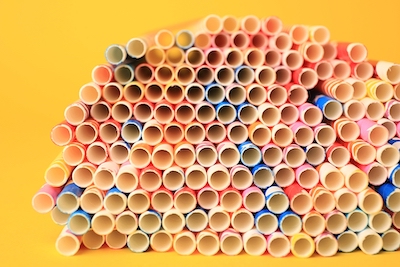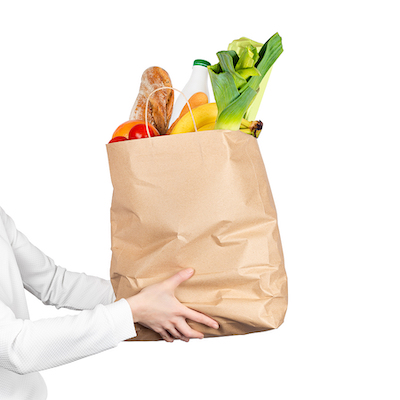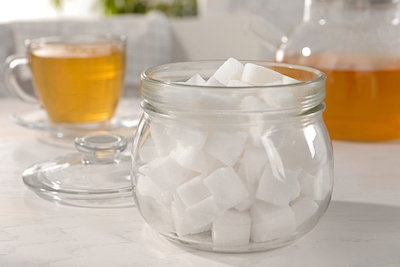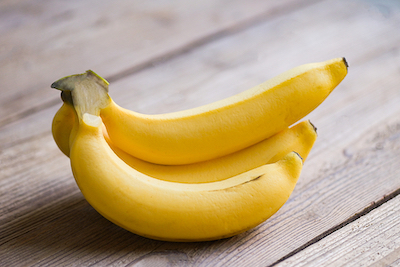In today’s world, making environmentally friendly choices has become more important than ever. One small change that can make a big difference in our environmental footprint is the type of straw we use. The most common types of straws are paper, plastic, and stainless steel. Each type has its own set of benefits and drawbacks, especially when it comes to their impact on the environment. Let’s dive into the world of straws and see how paper, plastic, and stainless steel options stack up against each other.
Plastic Straws: Convenient but Costly
Plastic straws are everywhere. They’re cheap, flexible, and incredibly convenient. You’ll find them in restaurants, coffee shops, and parties. However, their convenience comes at a high environmental cost. Plastic straws are made from petroleum, a non-renewable resource. They take hundreds of years to decompose, and even then, they break down into microplastics, tiny pieces of plastic that continue to pollute the environment. These microplastics can harm wildlife, especially marine animals who mistake them for food.
Moreover, plastic straws are a significant contributor to the world’s plastic pollution problem. Despite being recyclable, most end up in landfills or, worse, in oceans and rivers because they are too lightweight to be easily recycled and often fall through the cracks in recycling machinery.
Paper Straws: A Greener Alternative?
In response to the plastic pollution crisis, paper straws have gained popularity as an eco-friendly alternative. They’re biodegradable, meaning they break down much faster than plastic and don’t leave harmful microplastics behind. Made from renewable resources, paper straws seem like a great solution. However, they’re not without their issues. Some people complain that paper straws can become soggy and fall apart before they finish their drink. Additionally, the production of paper straws still requires energy and resources, including water and trees, although it’s generally less harmful than plastic production.
Stainless Steel Straws: Durable and Sustainable
Stainless steel straws are the most durable option. They can last for years, making them a highly sustainable choice for those looking to reduce their environmental impact. Stainless steel is also recyclable, and because these straws are reusable, they generate less waste over time. They’re perfect for home use or carrying with you on the go in a reusable straw case.
However, stainless steel straws also have downsides. They’re more expensive upfront, which might deter some people. They also need to be cleaned regularly, which can be inconvenient. Additionally, some people don’t like the feel of metal in their mouth or the taste it can sometimes impart to drinks.
Environmental Impact: A Closer Look
When comparing the environmental impact of these straws, it’s important to consider the entire lifecycle of the product. Plastic straws are harmful mostly because of their end-of-life impact, contributing to pollution and harming wildlife. Paper straws are better in this regard since they biodegrade, but their production still has an environmental footprint. Stainless steel straws, while having a higher initial environmental cost due to the energy-intensive process of mining and refining metal, have the potential for the lowest overall environmental impact due to their reusability and durability.
Making the Right Choice
The best choice depends on your priorities and circumstances. If you’re looking for a single-use option that’s less harmful to the environment than plastic, paper straws might be the way to go. For those prioritizing long-term sustainability and willing to invest a bit more upfront, stainless steel straws are an excellent option. They offer a durable, reusable alternative that can significantly reduce your personal contribution to waste.
It’s also worth considering not using a straw at all when possible. Many drinks can be enjoyed without a straw, further reducing waste and environmental impact.
Conclusion
In the debate between paper, plastic, and stainless steel straws, there’s no one-size-fits-all answer. Each type of straw has its advantages and disadvantages, particularly when it comes to their environmental impacts. The key is making an informed choice based on your needs and values, and whenever possible, opting for the most sustainable option. By choosing more eco-friendly alternatives to plastic straws, we can all play a part in reducing pollution and protecting the planet for future generations.
Check out these paper straws on Amazon.
As an Amazon Associate, I earn from qualifying purchases.














